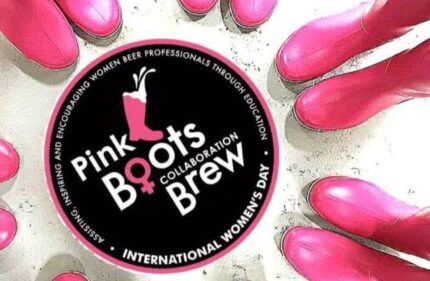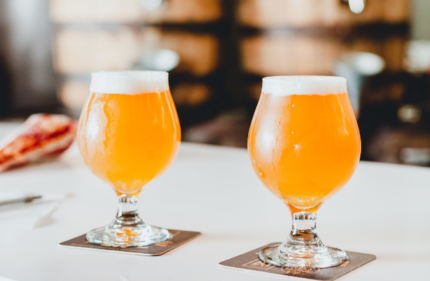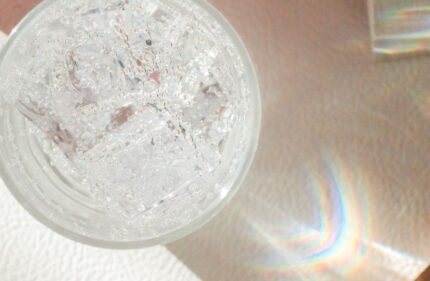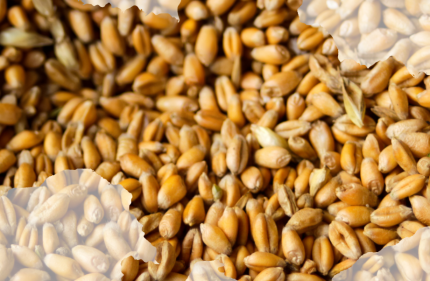There have always been as many breweries as there are brewers; although, to simplify and regarding the subject that concerns us, we are going to talk about three types:
- Breweries whose degree of microbiological control is very high and which want to totally eliminate any microorganisms except the pure yeast or bacterial culture in order to achieve uniformity.
- Breweries whose degree of microbiological control is less exhaustive and where each batch takes on its own “personality”.
- Breweries where a totally uncontrolled fermentation process generates uniqueness. For example, the brewing styles that use wild yeast. This is also common in the world of wine and cider.
Today we have the means to set up the three types of breweries from the standpoint of complete control, as an incredible variety of yeasts, bacteria and blends of different microorganisms exist for making any type of beer. It’s even possible to choose the percentage of control, from totally uncontrolled to uniformity, to achieve the desired weighting of the flavours associated with the metabolic activity of other microorganisms such as bacteria.
In this new landscape, it makes sense that all new projects are conceived from the perspective of control. Conversely, failure to adjust the degree of control will be a weakness that will jeopardize the viability of the project.
The major players in terms of contamination inside the plant are:
- Gram-positive bacteria
- Lactobacilli
- Pediococci
- Gram-negative bacteria
Acetobacteraceae, enterobacteriaceae, Pectinatus sp., Zymomonas sp., etc.
In these two fields we are going to focus on the most recurrent and insuperable in order to generate an archive that is as useful as possible. We’re going to follow the logical order in which these microorganisms appear in the brewing process:
- MASHING
- Thermophilic lactobacillus
- COOLING
-
- Coliform bacteria
- Mesophilic lactobacillus
- Acetobacteraceae
- Hafnia sp.
-
- FERMENTATION, CONDITIONING
- All of the above
- BOTTLING
- All of the above
- Zymomonas mobilis
In the following articles we are going to see how to detect each of them and how, although it seems obvious, the main solutions are maintenance, cleanliness and attention to points of risk, such as: the inclination of the tanks, valves, pipes; and the maintenance of hoses, seals or any other place where sugar, wort or yeast residues can accumulate. Unless the product is going to be sterilized in the final container at the end of the process.
It’s also important to consider the range of use of the cleaning products adapted to each of the plants by hygienists. One of the big problems found in many beers is the presence of chlorophenols. These normally do not come from the process water but rather from inefficient cleaning and the reaction of the sanitizer with the phenolic resin coating typically found in tanks.
MASHING
Thermophilic lactobacillus is extremely rare. It is habitually used in the production of some cheeses and yoghurts, making it necessary to be careful with the plant’s neighbours. This channel tends to be the origin of this cross contamination, although its most favourable reproduction temperature is around 45ºC. It should be remembered that, despite contamination occurring during mashing before sterilization, there will not be enough time for it to generate an undesirable organoleptic profile.
COOLING
Understanding the superpower of ubiquity of many microorganisms (like filamentous fungi, mesophilic and lactic bacteria, bacterial spores, wild yeasts or mesophilic microbes) will put us on maximum alert when the wort temperature drops, because:
We are always contaminated; the question is “how much”? If the units capable of forming colonies are few in number, they can go unnoticed. That’s why it’s best to not reuse yeast if you are not certain which microorganisms are going to multiply along with our yeast. Likewise, you should be completely sure of the effectiveness of our sterilization process, whether physical (steam above 120ºC for at least 25 min.) or chemical according to the instructions of your hygienist.











Comments